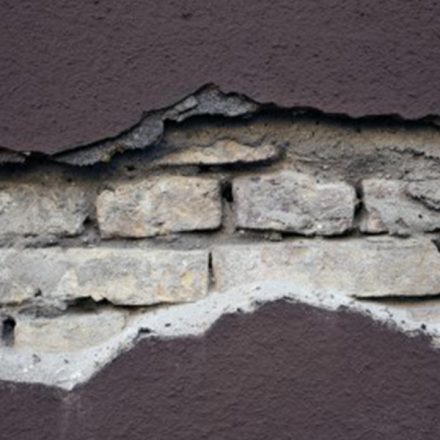This place isn’t fit for human habitation
James Harrison, Partner and Head of the Housing Team at Edwards Duthie Shamash, gives a brief overview of the new fitness standards that now apply to almost all tenancies.
With effect from 20 March 2020, the Homes (Fitness for Human Habitation) Act 2018 will apply to virtually all tenancies in both the private sector and the social housing sector. The only exception would be a tenancy that commenced before 20 March 2019 where the fixed term is between 1 and 7 years.
For many years now we have been used to the law implying into a tenancy agreement an obligation on the landlord to keep a property in repair (s11 Landlord and Tenant 1985). The Act works in the same way by amending the 1985 Act to imply into any tenancy agreement a covenant by the landlord that the dwelling:
(a) is fit for human habitation at the time the lease is granted or otherwise created or, if later, at the beginning of the term of the lease, and
(b) will remain fit for human habitation during the term of the lease.
There are a number of exceptions to these obligations.
- The landlord is not responsible for unfitness caused by the tenant, including a breach of covenant by the tenant or the tenant’s failure to behave in a tenant-like manner
- The landlord is not obliged to remedy unfitness where the problem is caused by events like fires, storms and floods which are completely beyond the landlord’s control
- The landlord is not obliged to maintain or repair anything that the tenant is entitled to remove from the property, for example the tenant’s own white goods.
- The landlord is not required to carry out works if this would put the landlord in breach of other laws/regulation such as a breach of planning permission
- The landlord is not responsible if the works require the consent of a third party and despite reasonable efforts the landlord has not been able to obtain that consent.
Fitness for habitation
The courts will decide whether a property is fit for human habitation by considering whether:
- The building has been neglected and is in a bad condition
- The building is unstable
- There is a serious problem with damp
- The building it has an unsafe layout
- There is not enough natural light
- There is not enough ventilation
- There is a problem with the supply of hot and cold water
- There are problems with the drainage or the toilets
- It is difficult to prepare and cook food or wash up
- Or any of the 29 hazards set out in the Housing Health and Safety (England) Regulations 2005
The question for the court is whether the dwelling is ‘not reasonably suitable for occupation in that condition’.
Expert evidence is not necessarily required. For example. if there were no plumbed sanitary conveniences in the property an expert opinion would not be necessary as the property would obviously be unfit. However, tenants seeking to demonstrate unfitness would be well advised to seek expert evidence, including a Housing Health and Safety Rating System (HHSRS) assessment. Equally landlords seeking to defend such a claim by demonstrating that the fitness standards are met should certainly consider obtaining expert evidence.
Requirement for notice
The landlord is required to take action as soon as the tenant gives the landlord notice of the problem. Any works will need to be carried out within a reasonable period. The length of that period will depend on the nature of the problem and efforts the landlord is making to remedy the problem.
The principle of “constructive notice” applies. This means that the landlord is deemed to have notice of any unfitness in the common parts of the building or any unfitness that can be seen from outside.
Access
The Act implies an obligation on the tenant to permit a landlord, or a person authorised by the landlord, to enter the property in order to view its condition and state of repair, at reasonable hours of the day, on 24 hours’ written notice.
The Courts’ Powers
As with other housing disrepair claims, a County Court has the power to award damages and to order that the landlord carry out the necessary works to remedy the problem(s).
Damages will be assessed on a “loss of amenity” basis so this is likely to be very similar to the way in which the court assesses damages in housing disrepair claims. Broadly speaking the court will consider (i) the seriousness of the problem, (ii) how long it took to remedy the problem once the landlord had notice of it, (iii) the extent to which the problem impacted on the tenant’s enjoyment of the problem and (iv) the rental value of the property.
